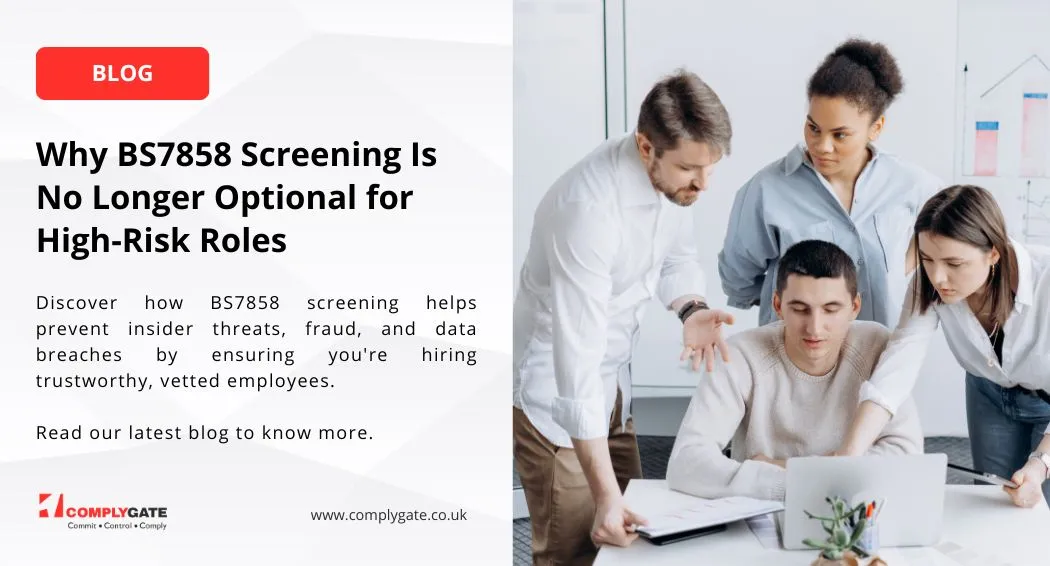Impact of Covid19 on HR Technology
The coronavirus pandemic disrupted corporate expansion plans on a global scale in 2020, the greater part of which included technological innovations, adaptations and expenditure plans including spending on HR technologies. This led to a massive refurbishing and workaround culture globally involving huge investments in remote working systems, HR technology and related workplace norms.
There may be a slight decrease in conventional HR technology budgets with regard to year 2021-22, but this deficit shall be more than covered by a considerable increase in investments in unconventional HR technology domains like digital infrastructure and remote-working tools. This is largely due to a proposed continuation of remote-working practices by a major chunk of the global corporates.
The importance and value of HR technology have been boosted and given an upward thrust with the change in work norms. There is a continuous trend to invest in new and innovative HR technologies despite economic uncertainties of the times, as per the 2020 HR Technology Pulse Survey conducted by Gallagher, a consulting firm based in Rolling Meadows, Illinois. The survey also found out that the respondents were initially (up till 2019) focused on attracting top talent, but by 2020 this focus had shifted to performance management and employee communications. Trends like these reflect the growing HR capabilities which influence the development of remote-work culture.
2020 has been a momentous year for the development and application of HR technology in the corporate world. The HR technology shifts have been remarkable, with successful dependence on collaboration platforms, helpdesk portals and communication tools. These applications are still serving as mission-critical tools to support organizational initiatives and evolved HR processes and track their progress. One of the immediate applications of such tools was to track and update the healthiness levels of company-wide employees while they were working remotely during Covid-19 lockdowns. Another prominent use was alerting the senior management to immediate concerns related to engagement, business processes, etc., by the employees.
Investing in Talent Management
The acquisitions, developments and mobilization of organizational talent worldwide during the Covid-19 pandemic was very well documented and the results studied thereafter. For organizations that were able to make easy and seamless transitions to remote working and modify their business processes, preparation and situational awareness were the key attributes. Such organizations had data on mission-critical job roles and skills and had developed mechanisms to re-align goals and business focus rapidly. This made those organizations well-prepared to handle the sudden pandemic and manage business continuity, sometimes even with better productivity.
This is mainly the result of better talent management practices coupled with availability of people data and interpreting its correct implications. Companies which had not yet invested in the right talent management implementation had to stay afloat during the pandemic by overtly relying on layoffs and incorporating pay cuts. There were even those organizations which faced good outcomes, due to planning ahead of time, thus even giving their employees salary hikes.
Top Initiatives During COVID-19
HR organizations were surveyed by The Sapient Insights on the basis of initiatives put in place by them due to Covid-19. The top initiatives were:
- To increase remote-working options.
- To implement remote-working employee tracking and performance management tools.
- To implement new employee communication processes and tools.
- To create flexible HR processes and models, especially for pay, recruitment and strategic management.
- To creating schematic work schedules and more creative environments for better performances.
- To implement policies, technology and models to maintain safe working environments.
Redesigning Workforce Management
Organizations are rethinking and revaluating the existing workforce management plans and strategies, including technologies for employee learning and talent acquisition. A considerable majority of organizations are looking to revaluate or replace learning technologies / workforce management / talent acquisition systems.
Workforce management systems – or “time management tools” as referred to by The Sapient Insights - are now being used by a wider level of organizations. The major objective for this is to comply with Covid-19 safety protocol. Systems upgradation and automation also makes time management easier, with in-built tools for time tracking and work scheduling. As per Sapient, 14 percent of organizations are planning to migrate to cloud-based systems from on-premise systems within the next two years.
Workforce Planning and Change Management
Enterprise workforce planning is being practised by a major chunk of organizations, as of 2020, rising steadily from the previous years. Using insightful analytics, HR teams can calculate the required organizational metrics to assist business leaders make solid business plans for all times, good as well as bad. The practice of change management also gives an annual increase in the number of new practitioners actively using it in their daily planning activities. This approach focuses on business and organizational planning as a continuous and adaptable path instead of a one-time measure, thus actively incorporating skills that can be inculcated to handle changing times and adapting to different business environments.
According to Sapient Insights research, practitioners of continuous change management faced more positive outcomes than the ones using an ad hoc / project-based change management approach. However, in many major organizations, and despite these strategic shifts, the HR function is still understood to be focused on compliance. HR needs to be able to lead continuous and strategic change in business functions need to help grow the organizational capacities and goals.
Disruptions like Covid-19 shall be faced again in the future. Organizations need to look beyond mere operational costs – they need to be able to use their employee data to be able to grow and sustain themselves fully without creating disruptions for themselves and their employees. They need to be able to leverage technology to the fullest as it’s the technology that has saved business from the pandemic after all.











